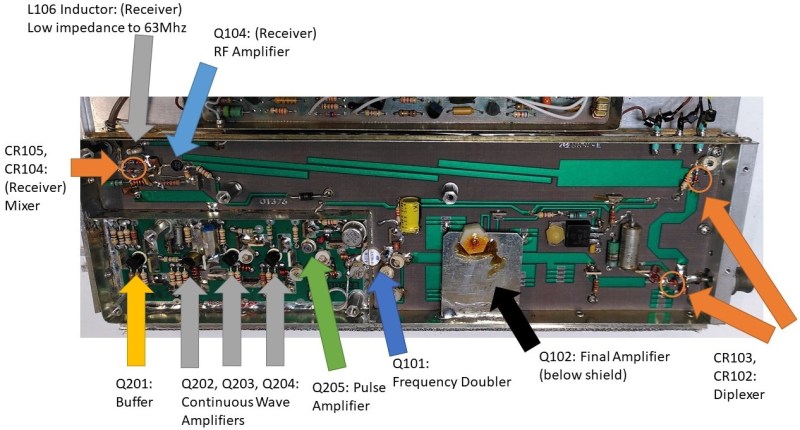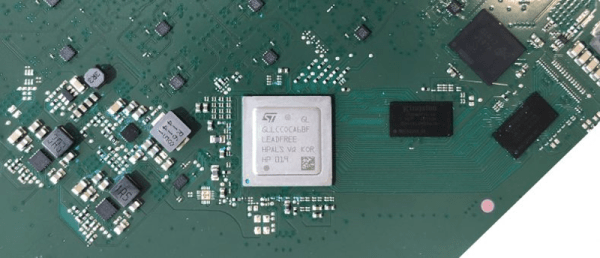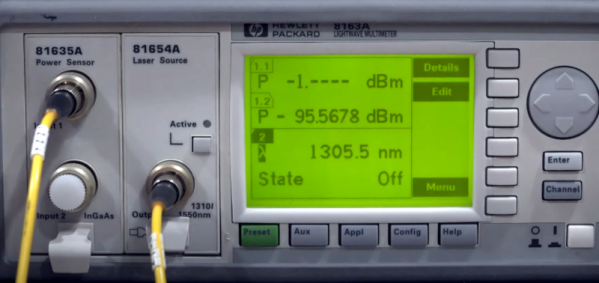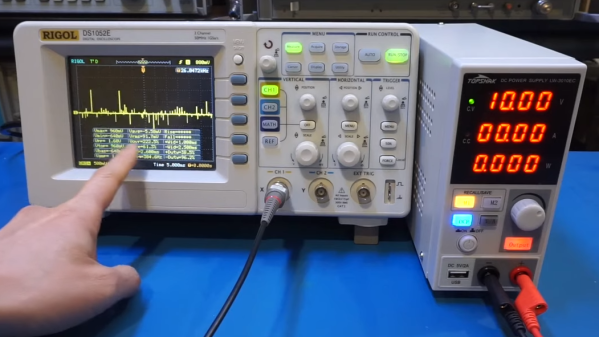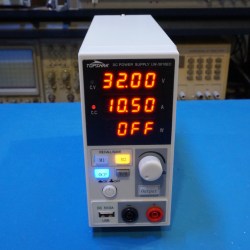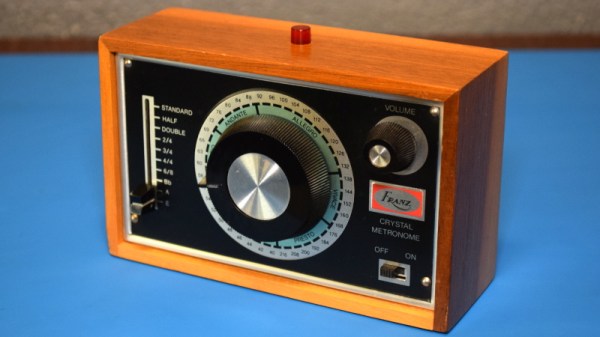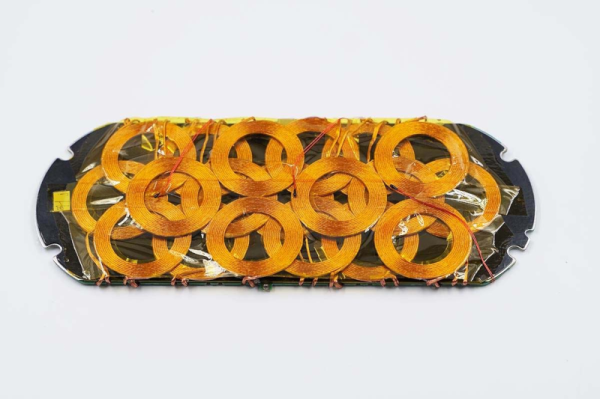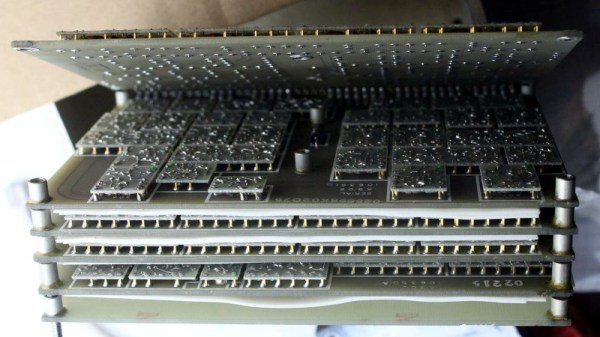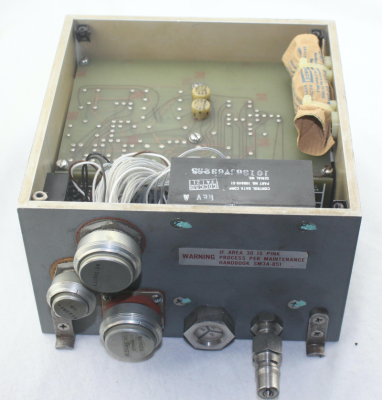When he found this broken Narco DME 890 that was headed for the trash, [Yeo Kheng Meng] did what any self-respecting hardware hacker would do: he took it back to his workbench so he could crack it open. After all, it’s not often you get to look at a piece of tech built to the exacting standards required by even outdated avionics.
DME stands for “Distance Measuring Equipment”, and as you might expect from the name, it indicates how far the aircraft is from a given target. [Yeo Kheng Meng] actually goes pretty deep into the theory behind how it works in his write-up if you’re interested in the nuts and bolts of it all, but the short version is that the pilot selects the frequency of a known station on the ground, and the distance to the target is displayed on the screen.
Inside the device, [Yeo Kheng Meng] found several densely packed boards, each isolated to minimize interference. The main PCB plays host to the Mostek MK3870 microcontroller, an 8-bit chip that screams along at 4 MHz and offers a spacious 128 bytes of RAM. It doesn’t sound like much to the modern AVR wrangler, but for 1977, it was cutting edge stuff.
Digging further, [Yeo Kheng Meng] opens up the metal cans that hold the transmitter and receiver. Thanks to the excellent documentation available for the device, which contains extensive schematics and block diagrams, he was able to ascertain the function of many of the components. Even if you’re unlikely to ever go hands on with this type of technology, it’s fascinating to see the thought and attention to detail that goes into even seemingly mundane aspects of the hardware.
Hungry for more airworthy engineering? We’ve taken a close look at some hardware pulled from a civilian airliner, as well as some battle-hardened electronics that once graced the cockpit of an AH-64 Apache attack helicopter.


